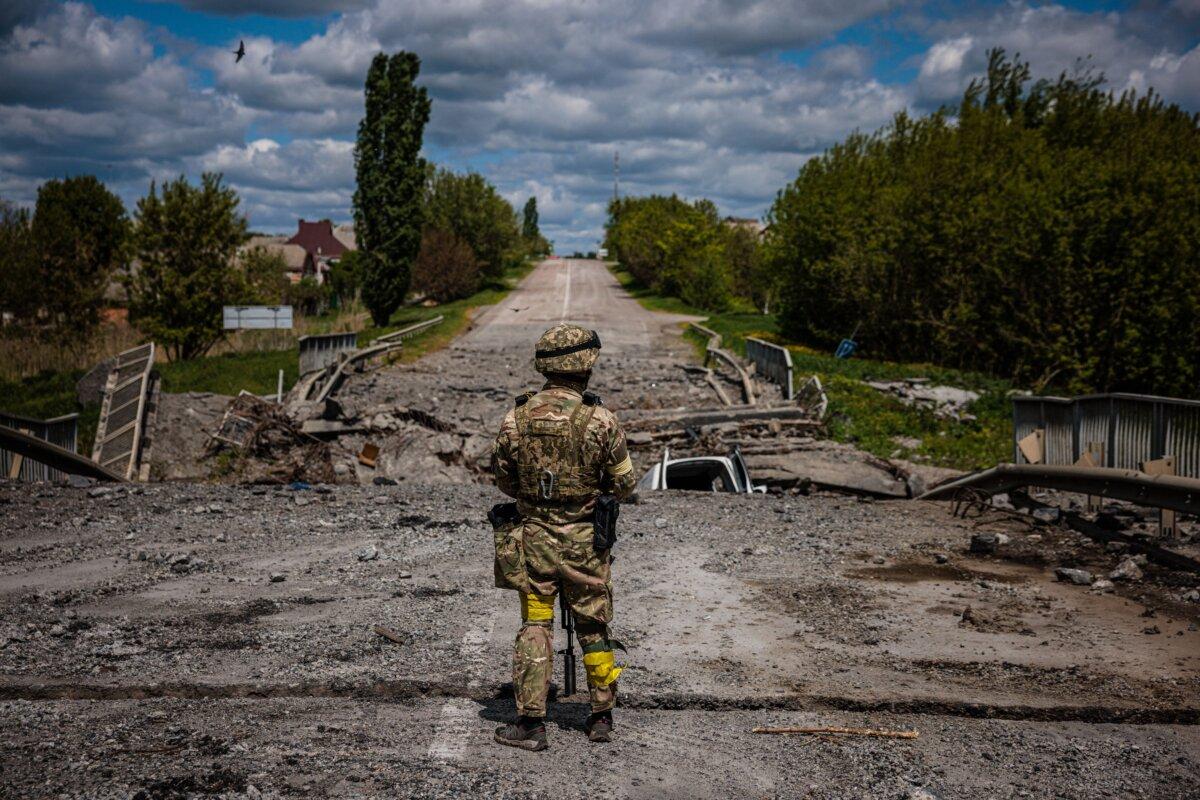While the deputy foreign minister recently suggested a lower threshold for use of nuclear weapons, Putin’s own stance has been inconsistent.
Commentary
Since the onset of Russia’s invasion of Ukraine, verifying the true extent of military casualties has been challenging. Recent analysis, however, points to the Ukrainian Ministry of Defense’s figures as increasingly accurate reflections of the situation.
These statistics indicate a rising trend in the daily death toll of Russian soldiers in Ukraine, escalating from an average of 120 deaths per day to between 200 and 250 currently. It’s important to note that these numbers represent fatalities and exclude injuries.
Rising Russian Casualties and Independent Verification
As of July 7, the Ukrainian Ministry of Defense reports that total Russian military casualties—both fatalities and injuries—have reached 550,990. This figure has begun to align more closely with Western estimates over recent months.
For instance, in December last year, the United States estimated Russian casualties at 315,000, compared to Ukraine’s figure of nearly 341,000 at that time. By April this year, former UK Armed Forces Minister Leo Docherty cited estimates placing Russian losses above 450,000, closely paralleling the Ukrainian data released two months prior.
Public sources such as obituaries, social media posts, and regional news coverage from outlets including Mediazona, BBC, and various Russian channels contribute to continuously updated counts of named Russian military fatalities. A recent update places this number at about 58,000.
Given the varied nature of these sources, it is probable that the actual numbers are considerably higher. Independent assessments by organizations such as Mediazona and Meduza offer more comprehensive estimates.
Using databases of inheritance cases and comparing these with data from obituaries, the Russian national statistics office, and the Russian wills registration office, they estimate that by the end of June this year, about 120,000 Russian soldiers had lost their lives since the war began in February 2022. They caution that this figure is conservative, suggesting the true number could exceed 140,000.
Reports highlight a significant increase in Russian losses in recent months, with the daily death toll having nearly doubled from the average in the final quarter of 2023, where about 120 soldiers died each day, to the current figures of 200 to 250 fatalities per day.
In contrast, Russian President Vladimir Putin claimed in June that the loss ratio between Russian and Ukrainian forces was one to five, though he didn’t provide supporting evidence. Independent assessments and data from both Ukrainian and U.S. sources suggest that Russian casualties far exceed those of Ukraine.

Recent Combat Operations and Strategic Strikes
Recent military actions underscore the ongoing intensity of the conflict. On July 6 and 7, Ukrainian forces executed a drone strike on a Russian ammunition depot in Sergeyevka, Voronezh region, resulting in visible smoke and explosions as captured in geolocation footage near Morozovka. The targeted depot reportedly housed a variety of munitions, including ground-to-ground attack bombs, surface-to-air missiles, and tank and artillery ammunition.
Further operations on July 6 saw the Ukrainian military launch precise strikes on Russian military assets in the Donetsk region. This included a coordinated attack by the Ukrainian Defense Intelligence Agency and the 45th Independent Artillery Brigade’s aerial reconnaissance units on a vital Russian military supply hub in Debaltseve. This hub, critical for storing tanks and ammunition, was significantly damaged, disrupting Russian logistical and combat capabilities in the region.
Continuous operations by the Ukrainian Air Force since late June have focused on a Russian command post in the Belgorod region. Utilizing French-made Armement Air-Sol Modulaire Hammer precision-guided bombs and other Western-supplied weapons, these attacks have notably degraded Russian operational capacities.
On July 8, the Russian Foreign Ministry reported an attack on Sevastopol, Crimea’s largest city, involving army tactical missiles that resulted in four fatalities and more than 150 injuries.
Nuclear Posturing and International Tensions
Amid challenges in the Ukraine conflict, Moscow is contemplating adjustments to its nuclear weapons doctrine. Russian Deputy Foreign Minister Sergei Ryabkov suggested a lower threshold for nuclear deployment, arguing that nuclear arms might be employed if Russia perceives threats to its sovereignty and territorial integrity.
Mr. Ryabkov criticized the efficacy of traditional nuclear deterrence in the current conflict, indicating the need for doctrinal revisions to address potential escalations.
The potential use of nuclear weapons by Russia continues to cast a shadow over the Ukraine war, influencing the careful balance with which the United States and Western allies provide military support to Ukraine, seeking to avoid further escalation of the conflict.
The author, Stephen Xia, formerly a professor at the Chinese Military Flight Academy and a flying expert, transitioned to a professional military analyst after retiring from military service. He has since been closely following the global development of military equipment.
Views expressed in this article are opinions of the author and do not necessarily reflect the views of The Epoch Times.
Source link








































Add comment